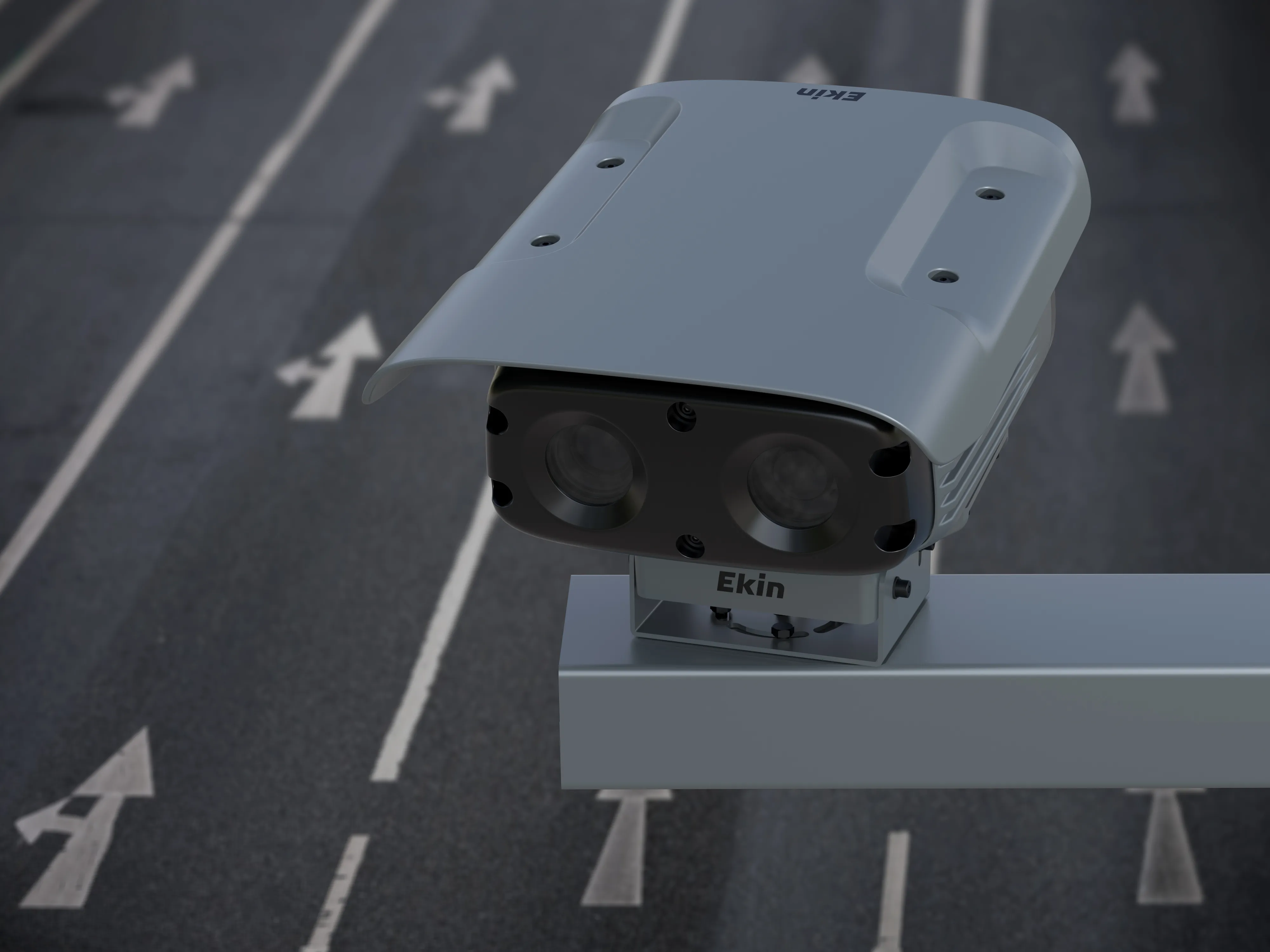Allied Vision Technologies (AVT) has launched Prosilica GT, a new range of GigE Vision compliant digital cameras designed to perform in extreme environments and fluctuating lighting conditions. The company says the range offers new advanced features well suited for outdoor installations such as ITS and traffic monitoring, public security and surveillance. Designed to minimise field maintenance by surviving extreme weather events, the Prosilica GT features a rugged thermal housing for maximum heat dissipat
January 31, 2012
Read time: 2 mins

Designed to minimise field maintenance by surviving extreme weather events, the Prosilica GT features a rugged thermal housing for maximum heat dissipation and remote temperature feedback with automatic power-down at peak temperatures to prevent critical component damage. Equipped with Ethernet surge suppression technology they are even designed to withstand a lightning storm.
The Prosilica GT family features the latest CCD sensor technology including a selection of
near IR response, and the latest Kodak KAI family sensors that combine high resolution and fast frame rates. Models from VGA to six Megapixels and up to 119 frames per second at full resolution will be released in three phases with the first models now available and additional models featuring high performance CCD and CMOS sensors scheduled for release in 2012.
All GT cameras feature Power over Ethernet (PoE), a technology that supplies power along with image data through the camera's
Gigabit Ethernet interface without the need for additional cabling.
High frame rate capability offers burst image capture often required in a targeted event such as traffic applications where multiple images of a licence plate improve ANPR accuracy.
The Prosilica GT family is supported by a free software development kit which includes libraries for Windows, Linux and QNX, and 32/64-bit CPU architectures allowing the same code base to be deployed across all major operating systems.









